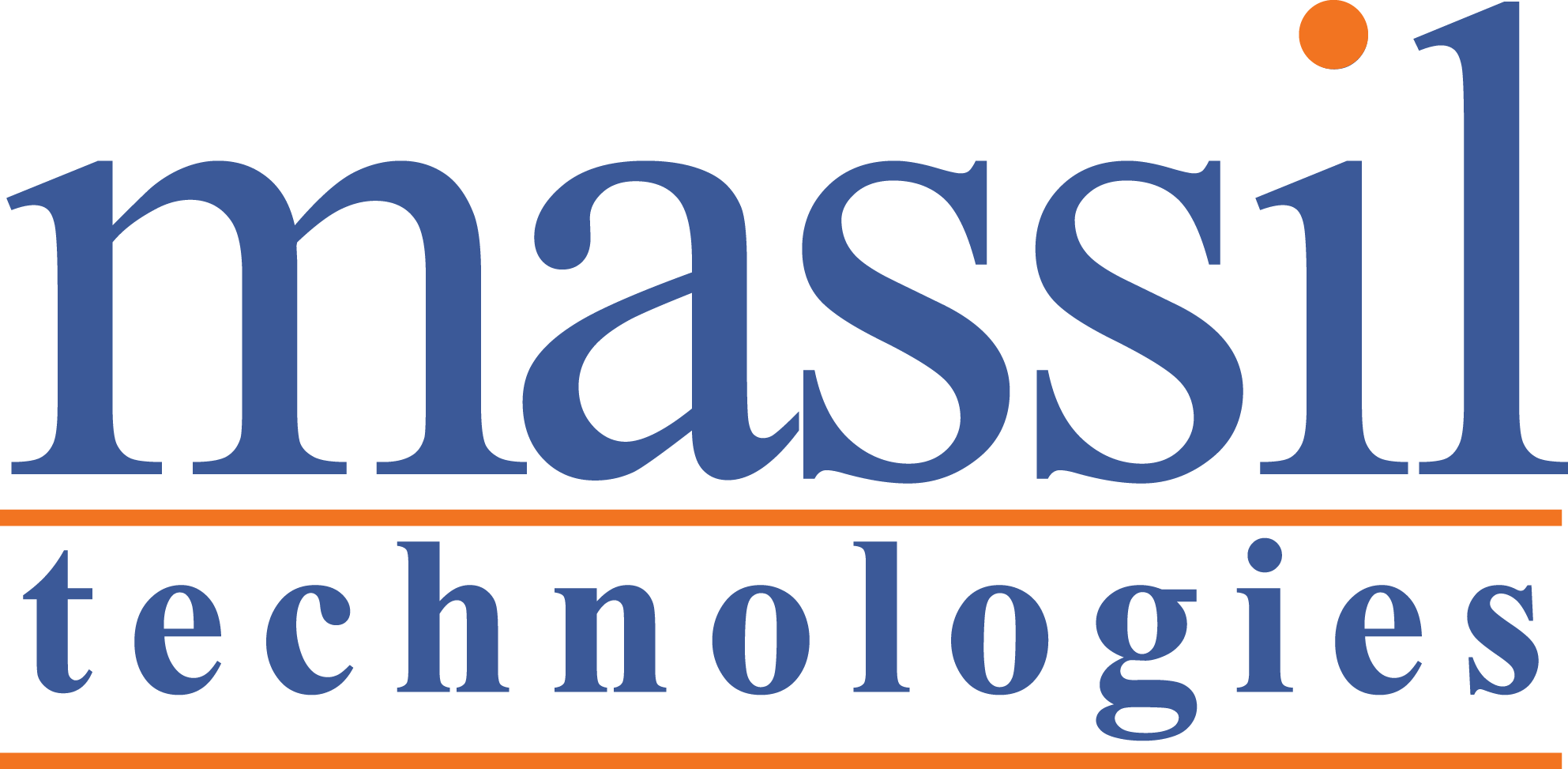
IT System Integration is an essential part of modern business strategy, enabling seamless data sharing and communication between different software applications and systems. However, it’s not without its challenges. In this blog, we will discuss the most common challenges in IT system integration and how businesses can overcome them.
Challenges in IT System Integration
Compatibility issues
One of the most significant challenges in IT system integration is compatibility issues. Different systems may use different programming languages, protocols, or data formats, making it difficult to connect them seamlessly. This can result in data loss, errors, and system failure.
Data security
Data security is another significant challenge in IT system integration. Integrating different systems may expose sensitive data to unauthorized access, compromising data security and privacy.
Integration complexity
Integrating different systems can be a complex and time-consuming process, involving multiple stakeholders, different technologies, and a high level of coordination and planning.
Cost
The cost of IT system integration can be significant, especially for large organizations with multiple systems and platforms. The cost of software licenses, hardware, and IT staff can quickly add up, making it challenging to justify the investment.
Overcoming the Challenges in IT System Integration
Define clear objectives and requirements
Defining clear objectives and requirements is critical to overcoming the challenges of IT system integration. This includes identifying the specific business needs and goals that the integration should address, such as improving operational efficiency or enhancing customer experience. Clear objectives and requirements help guide the integration process, ensure alignment with business goals, and prevent scope creep.
Conduct a thorough assessment of existing systems
Before embarking on any IT system integration project, it’s crucial to conduct a thorough assessment of existing systems. This includes identifying the strengths and weaknesses of each system, their compatibility with other systems, and any potential security risks or compliance issues. This assessment helps determine which systems need to be integrated, the level of integration required, and the potential risks and challenges associated with the integration.
Choose the right technology and tools
Choosing the right technology and tools is critical to successful IT system integration. This includes selecting platforms and tools that are compatible with existing systems, scalable, and secure. Cloud-based solutions such as iPaaS (Integration Platform as a Service) can simplify the integration process, provide a secure and scalable environment, and reduce the cost of ownership.
Prioritize data security
Prioritizing data security is essential to overcome the challenge of data security in IT system integration. This includes implementing robust security measures such as encryption, access control, and data backup and recovery. It’s also important to ensure compliance with relevant regulations such as GDPR and HIPAA.
Ensure ongoing monitoring and maintenance
Ongoing monitoring and maintenance are critical to ensure the integrated system continues to function as intended, address any potential issues, and make necessary updates and upgrades as technology evolves. Regular monitoring and maintenance can also help identify and address any potential security risks, compliance issues, or other challenges that can impact the performance and reliability of the integrated system.
According to a recent study by MarketsandMarkets, the global system integration market is expected to grow from USD 287.1 billion in 2021 to USD 464.1 billion by 2026, at a CAGR of 10.1%. This growth is driven by the increasing adoption of cloud computing, the rise of digital transformation initiatives, and the need for seamless data sharing and communication across different systems and platforms.
In conclusion, IT system integration can be challenging, but with careful planning, the right technology and tools, and a focus on data security and ongoing maintenance, businesses can overcome these challenges and achieve their goals. As technology continues to evolve, businesses that invest in IT system integration will be better equipped to stay ahead of the competition and capitalize on new opportunities
